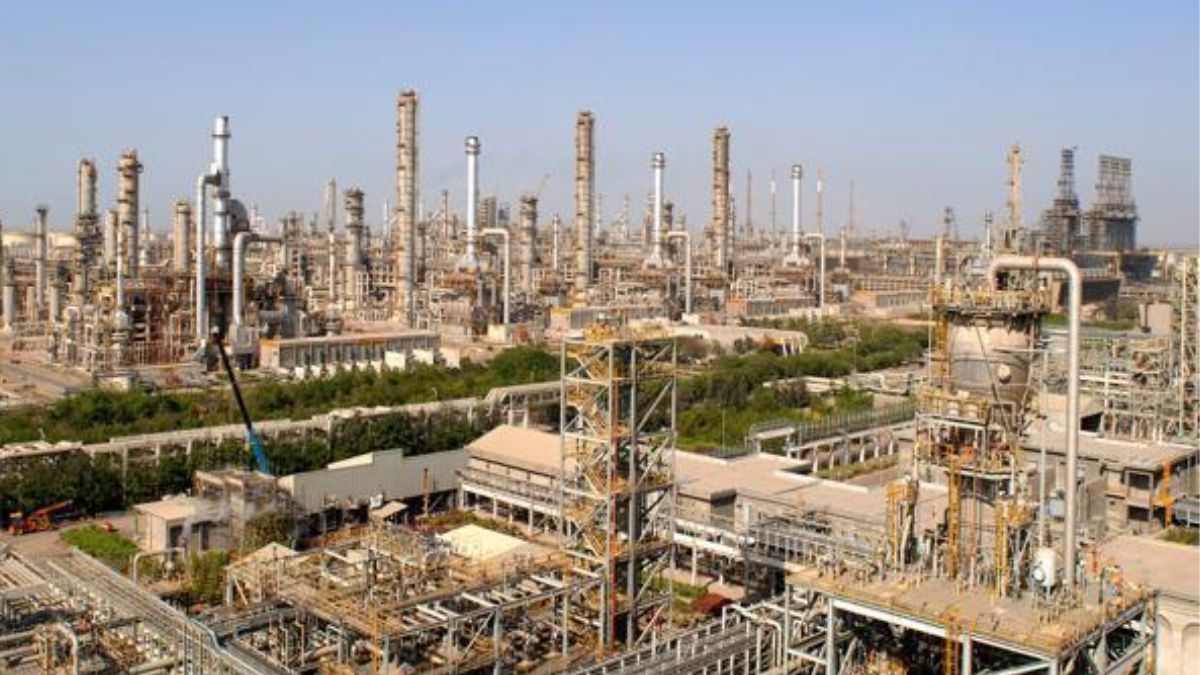 Image Credits - Mint
Image Credits - Mint
Yemen, situated at the southern tip of the Arabian Peninsula, grapples with a complex humanitarian crisis amid political instability. The country’s ancient history, evident in its unique architecture and heritage, contrasts sharply with the challenges it faces today, including conflict, displacement, and humanitarian needs. Yemen’s economic tapestry weaves together diverse industries. In this article, we will explore the nation’s economic landscape through five pivotal sectors, from agriculture and oil to industry, services, and finance, each contributing uniquely to Yemen’s dynamic and evolving economic identity.
Major Industries in Yemen
Agriculture and Fishing
Agriculture has been a cornerstone of Yemen’s economy, contributing over 20 per cent to the Gross Domestic Product (GDP) since 1990, with a reported 20.4 per cent in 2005 according to the Central Bank of Yemen. Over half of the Yemeni workforce, accounting for 54.2 percent in 2003 is employed in the agricultural sector. Despite being a significant contributor, a U.S. government estimate suggests a lower GDP contribution of 13.5 per cent in 2005. The sector faces various environmental challenges such as soil erosion, dune encroachment, and deforestation, but the most critical issue is water scarcity. Insufficient rainfall compels heavy reliance on groundwater, a resource depleting at an alarming rate, with water tables dropping by around two meters annually. Sanaa’s groundwater supplies are projected to be exhausted by 2030. Although Yemen possesses the potential for an annual fish production of 840,000 tons from its territorial waters, the fishing industry remains underdeveloped, primarily comprising individual fishermen in small boats.
Oil and Gas
Yemen, as an oil producer, possesses substantial untapped offshore oil and gas reserves. In contrast to many regional oil-producing nations, Yemen heavily relies on foreign oil companies with production-sharing agreements. Approximately 70 to 75 per cent of the government’s revenue and 90 per cent of exports come from oil income. With proven crude oil reserves exceeding 9 billion barrels, the ageing fields, impacted by war and corruption, are in decline. Oil constitutes around 90% of Yemen’s exports, leading to concerns about a sharp decline in oil and gas revenues by 2017, as predicted by the World Bank. The UK’s Royal Institute for International Affairs highlights the risk of expanded lawlessness from northern Kenya to Saudi Arabia due to instability in Yemen, characterizing Yemen’s democracy as fragile. Armed conflicts with Islamists and tribal insurgents contribute to this instability. Consequently, there is a vested interest among Western entities, diplomats, and leaders to uphold Yemen’s stability and prevent unfavourable outcomes.
Industry and Manufacturing
According to U.S. government estimates, Yemen’s industrial sector makes up 47.2 per cent of its Gross Domestic Product (GDP). When combined with services, construction, and commerce, the industrial sector employs less than 25 per cent of the workforce. Oil refining is the primary contributor to the manufacturing sector, accounting for approximately 40 per cent of total revenue, while the rest comprises the production of consumer goods and construction materials. In 2005, manufacturing constituted around 9.5 per cent of Yemen’s GDP. In 2000, there were nearly 34,000 industrial establishments in Yemen, employing almost 115,000 workers, with a majority being small businesses. Nearly half of these establishments were engaged in processing food products and beverages, and around 10 per cent were involved in manufacturing mixed metal products like water-storage tanks, doors, and windows.
Tourism and Services
Economists have indicated that Yemen’s services sector comprised 51.7 per cent of the Gross Domestic Product (GDP) in 2002 and increased to 52.2 per cent in 2003. According to U.S. government estimates, the services sector contributed to 39.7 per cent of the GDP in 2004 and 39.3 per cent in 2005.
Yemen’s tourism industry faces challenges due to limited infrastructure and notable security concerns. The country’s hotels and restaurants do not meet international standards, and transportation by air and road is largely inadequate. Security risks, including the threat of kidnappings, particularly in areas outside major cities, have deterred tourism. Incidents such as terrorist bombings at the Port of Aden in 2000 and 2002 have added to these concerns.
Banking and Finance
According to economists, Yemen’s financial services sector is characterized by underdevelopment and a predominant reliance on the banking system, as the country lacks a public stock exchange. The banking sector comprises the Central Bank of Yemen, featuring 15 commercial banks—nine private domestic banks, including four Islamic banks, four private foreign banks, and two state-owned banks. The Central Bank of Yemen holds control over monetary policy, oversees currency transfers, acts as the lender of last resort, supervises commercial banks, and functions as the government’s banker. Tadhamon International Islamic Bank has consistently held the leading position in total assets, capital, and trade business among all banks (both Commercial and Islamic) from the end of 2005 until the close of 2010.
